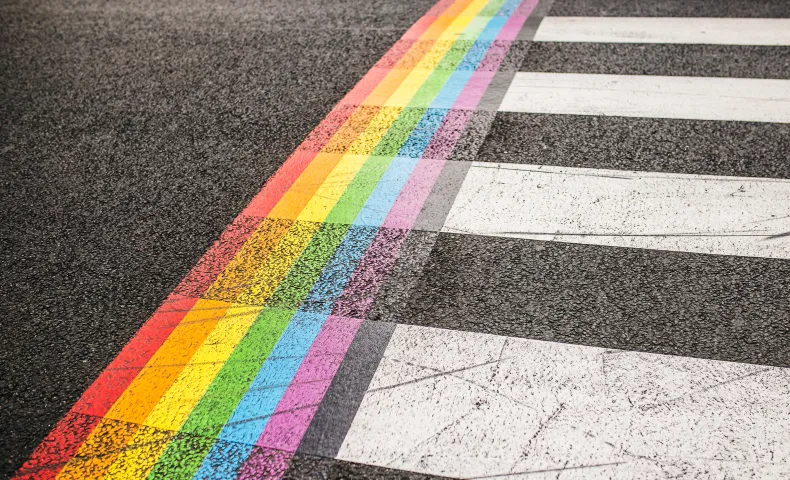
LGBT Giving Project
This piece was originally published in The Chronicle of Philanthropy.
LGBT charities that personalized fundraising appeals, involved the entire staff in fundraising activities, and created career-advancement pathways for fundraisers and other similar steps boosted their revenue within 18 months, according to a new study.
These results come from the “LGBT Giving Project,” a nine-year examination to understand why more LGBT people don’t give to charities that advance their concerns. Just 3.4 percent of lesbian, gay, and bisexual people contribute to the country’s 39 biggest LGBT advocacy groups, according to research by the Movement Advancement Project. As part of the LGBT Giving Project, researchers surveyed more than 1,200 LGBT people about why they give or why they don’t.
Researchers also embedded fundraising experts for 18 months at nine LGBT charities and studied how new strategies affected who gave to the charities and how big their gifts were. Investing as little as $25,000 on consultants and generally adopting their recommendations increased gifts from all donors by a median of 17 percent. Donors responded positively to LGBT charities that formalized their fundraising strategies.
The consultants recommended groups create a “culture of philanthropy” that encourages the nonprofit board, leaders, and other employees to contribute to fundraising efforts.
In addition, the report suggests that nonprofits that create career-advancement opportunities for key employees, such as fundraisers and data managers, will be more likely to increase revenue.
Why Good Data Matters
These and other recommendations, such as making it a priority to keep clean donor records, are not unique to LGBT groups. But the study noted that attrition of fundraising staff and unsophisticated data-management systems were common to those groups, says Matt Foreman, senior program director for gay and lesbian rights at the Evelyn and Walter Hass, Jr. Fund, which helped fund the research.
Sophisticated data collection is especially essential to sustain relationships with LGBT donors, who often have overlapping identities, he says.
“There isn’t a master database that says, ‘Here are the bisexuals, here are the women of color, here are the trans men of color.’ It’s very hard to do a segmented appeal to the LGBT community,” Foreman says.
Much of that data will need to be gathered from personal communication with donors, and LGBT charities need sophisticated staff and technology to do that well. It’s unrealistic to think a development director can do all this alone, Foreman says.
After surveying donors about why they give, researchers disaggregated the data to better gauge what kinds of appeals resonate best with specific types of LGBT people, including women, high-net-worth individuals, people of color, and trans people.
These findings revealed different motivations for giving and various attitudes toward donating. For example, women often complained about a lack of representation by a charity’s leaders, while wealthy people said they were asked to donate too often. People of color commonly prioritized social services over other causes. Trans donors often gave less than gay and lesbian people but tended to restrict most of their charitable activity to LGBT nonprofits.
Charities that know who their donors are, why they’re giving, and what causes they care about will be in a better position to turn a one-time donation into a lifetime of giving, Foreman says.
“The wording of a message is far less important than cultivating the relationship over time,” he says. That was a surprise for the researchers. LGBT advocacy groups had such success using specific language to broaden the appeal of efforts to make same-sex marriage legal that researchers expected there would be a similar “magic bullet” for fundraising appeals.
Instead, Foreman says, “the lessons for funders and fundraisers is to focus on the nuts and bolts of the donor interaction.”
Among the other findings:
- Nearly half of LGBT donors who had not already arranged a bequest for an LGBT organization were open to the idea. What’s more, the study determined that over the next decade, older LGBT people could give about $270 billion through wills.
- LGBT donors and potential donors respond to a variety of fundraising messages, but appeals that emphasized the charity’s commitment to protecting LGBT people from discrimination and violence were particularly effective.
- The Trump presidency is motivating LGBT donors to increase their giving to LGBT organizations. More than a third of donors who had previously given to such groups said they increased their giving to them afterthe election.
- The study found that LGBT people who were not donors to gay-rights organizations typically felt just as positively about those groups as LGBT people who already gave to them.